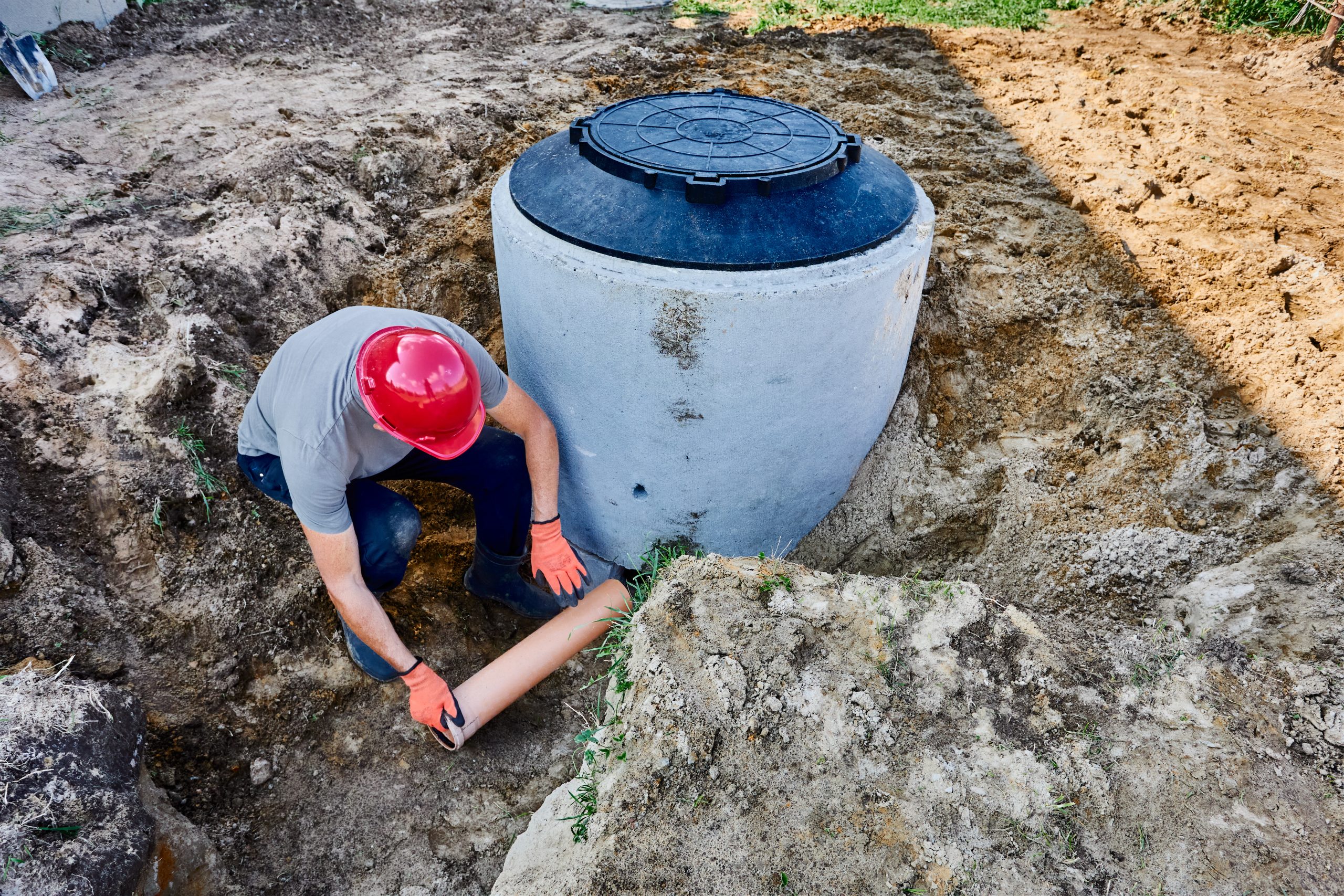When buying or selling a home in Ohio, one of the most important steps in the process is ensuring that the septic system is in good working condition. A septic inspection is typically required during a real estate transaction to verify that the system is functioning properly and doesn’t have any hidden issues that could affect the sale. At SepTek, we specialize in septic system inspections and are here to walk you through what to expect during this crucial part of the process.
1. Initial Consultation and Scheduling
The first step in a septic inspection for a real estate transaction is scheduling an appointment with a licensed septic service provider, like SepTek. The timing of this inspection is key—if you’re a seller, it’s recommended to have the inspection done before listing your home. For buyers, the inspection should be scheduled after your offer has been accepted but before finalizing the sale.
During the initial consultation, the inspector will ask about the home’s history, including the age of the septic system, any previous repairs, and the size of the system. This helps the inspector prepare for the inspection and understand what may need extra attention.
2. Visual Inspection of the Septic System Components
Once the inspection is scheduled, the first step on inspection day is a visual check of the system’s components. The septic tank, pipes, and drain field will be evaluated to ensure there are no visible signs of damage, leaks, or clogs. The inspector will look for things like cracks, corrosion, or signs of overflow around the system.
They will also check the area around the septic tank for any signs of standing water, foul odors, or excessive plant growth, which could indicate problems with the tank or drain field.
3. Locating the Septic System
Before any work can be done, the septic tank needs to be located. In many cases, the location of the tank and drain field is outlined in the property’s records. However, if the location is not known, the inspector may need to use specialized equipment to locate the tank. This may involve probing the soil or using a camera to help pinpoint its location.
If the tank’s location is not easily accessible, the inspector may need to remove sod or other obstructions to gain access to the tank.
4. Pumping the Septic Tank
A crucial part of the septic inspection process is pumping the septic tank to determine its condition. Pumping the tank allows the inspector to remove the waste and sludge from the tank, making it easier to assess the tank’s size, structure, and any potential issues.
During the pumping process, the inspector will look for signs of damage, such as cracks, leaks, or excessive buildup. They’ll also check the tank’s baffles (the internal components that direct the flow of wastewater) to ensure they are intact and functioning properly.
In most real estate transactions, sellers are responsible for the cost of the pumping, but this can be negotiated in the contract, depending on the specifics of the transaction.
5. Evaluating the Drain Field and Perimeter
The next step in the inspection involves assessing the condition of the drain field (also called the leach field). The drain field is responsible for filtering out wastewater after it leaves the septic tank. A malfunctioning drain field can lead to serious issues, such as water backing up into the home or wastewater pooling on the property.
The inspector will check for any signs of damage to the drain field and may even test the soil to ensure it’s still able to properly absorb wastewater. In some cases, the inspector will use specialized equipment to check for any blockages or uneven drainage.
6. System Functionality Test
After the visual inspection and pumping, the inspector will conduct a functionality test to ensure the septic system is working properly. This typically involves running water through the system and monitoring its flow and drainage to see if there are any slowdowns or backups. If the system shows signs of failure during this test, it could be a red flag, especially in the context of a real estate transaction.
7. Reporting and Recommendations
Once the inspection is complete, the septic inspector will provide a detailed report outlining their findings. This report will include information on the tank’s condition, the status of the drain field, and any other relevant details. If there are any issues with the system, the inspector will recommend necessary repairs or maintenance.
For buyers, this report can be used to negotiate repairs or a reduction in price based on the condition of the septic system. For sellers, this report can be used to resolve any issues before listing the property or provide transparency to potential buyers.
8. The Bottom Line: Why a Septic Inspection Matters
A septic inspection is a vital step in the home-buying and selling process in Ohio. It not only ensures the system is functioning correctly but also protects both parties from unexpected repair costs down the line. At SepTek, we understand the importance of a thorough, reliable septic inspection, and we’re committed to helping buyers and sellers navigate this process with ease.
If you’re buying or selling a home in the Cincinnati to Dayton area, contact SepTek for your septic system inspection. Our team of experts is here to ensure that the process goes smoothly and that you have peace of mind knowing your septic system is in good condition. Reach out today to schedule your inspection!

